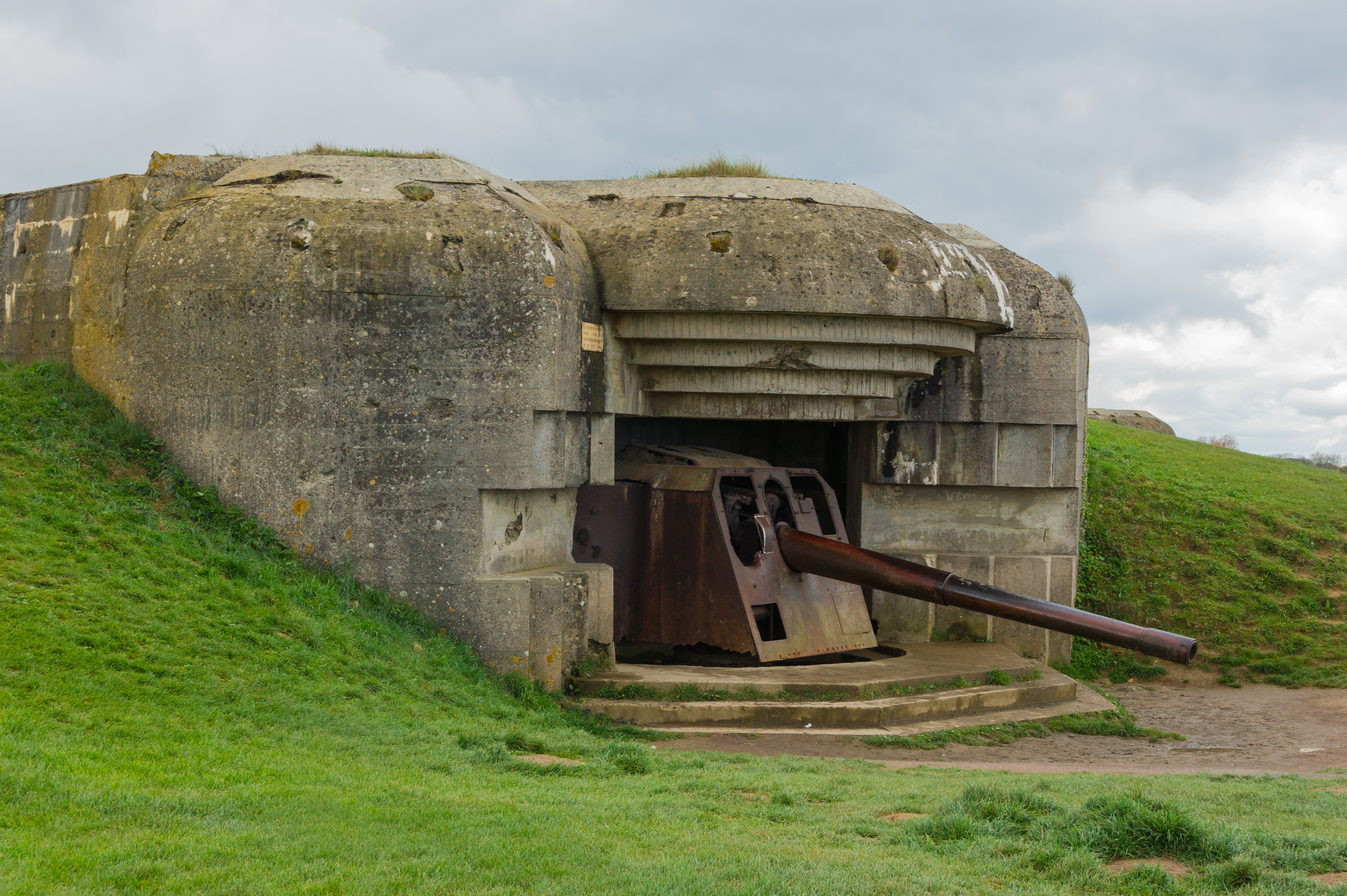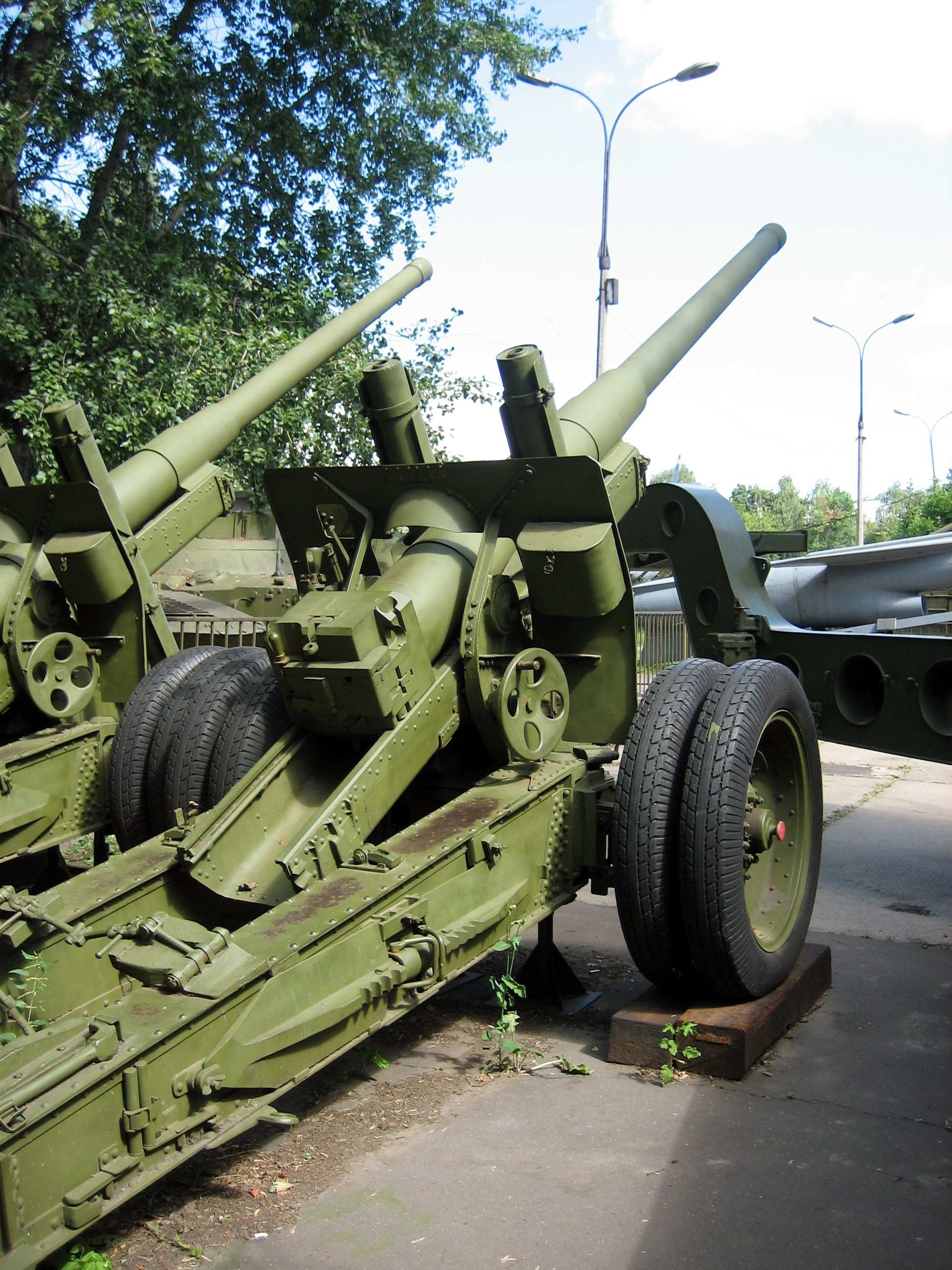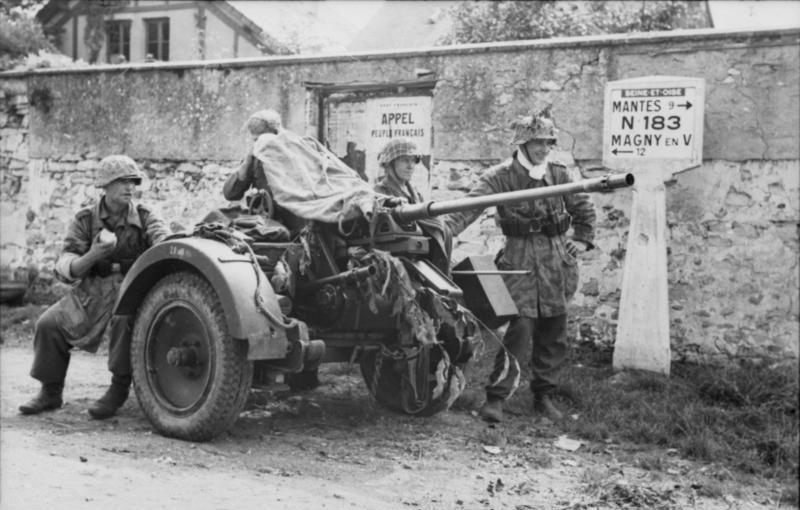|
Longues-sur-Mer Battery
The Longues-sur-Mer battery (in German: ''Marineküstenbatterie (MKB) Longues-sur-Mer'') was a World War II German artillery battery constructed near the French village of Longues-sur-Mer in Normandy. The battery was sited on a cliff overlooking the sea and formed a part of Germany's Atlantic Wall coastal fortifications. It was located between the Allied landing beaches of Gold and Omaha and shelled both beaches on D-Day (6 June 1944). The battery was captured on June 7 and played no further part in the Normandy campaign. The battery is the only one in Normandy to retain all its original guns in situ. It was listed an historical monument in October 2001, and remains in a good state of conservation. Construction The battery is located halfway between Port-en-Bessin in the west and Arromanches-les-Bains in the east and north of Bayeux. Construction of the battery - code-named Widerstandsnest (Wn) 48 - began in September 1943 and was completed by April 1944. Although construc ... [...More Info...] [...Related Items...] OR: [Wikipedia] [Google] [Baidu] |
Atlantic Wall
The Atlantic Wall (german: link=no, Atlantikwall) was an extensive system of coastal defences and fortifications built by Nazi Germany between 1942 and 1944 along the coast of continental Europe and Scandinavia as a defence against an anticipated Allied invasion of Nazi-occupied Europe from the United Kingdom, during World War II. The manning and operation of the Atlantic Wall was administratively overseen by the German Army, with some support from ''Luftwaffe'' ground forces. The ''Kriegsmarine'' (German Navy) maintained a separate coastal defence network, organised into a number of sea defence zones. Hitler ordered the construction of the fortifications in 1942 through his Führer Directive No. 40. More than half a million French workers were drafted to build it. The wall was frequently mentioned in Nazi propaganda, where its size and strength were usually exaggerated. The fortifications included colossal coastal guns, batteries, mortars, and artillery, and thousands o ... [...More Info...] [...Related Items...] OR: [Wikipedia] [Google] [Baidu] |
Omaha Beach
Omaha Beach was one of five beach landing sectors designated for the amphibious assault component of operation Overlord during the Second World War. On June 6, 1944, the Allies invaded German-occupied France with the Normandy landings. "Omaha" refers to an section of the coast of Normandy, France, facing the English Channel, from east of Sainte-Honorine-des-Pertes to west of Vierville-sur-Mer on the right bank of the Douve River estuary. Landings here were necessary to link the British landings to the east at Gold with the American landing to the west at Utah, thus providing a continuous lodgement on the Normandy coast of the Bay of the Seine. Taking Omaha was to be the responsibility of United States Army troops, with sea transport, mine sweeping, and a naval bombardment force provided predominantly by the United States Navy and Coast Guard, with contributions from the British, Canadian and Free French navies. The primary objective at Omaha was to secure a beachhead deep ... [...More Info...] [...Related Items...] OR: [Wikipedia] [Google] [Baidu] |
Longues-sur-Mer Battery Plan
Longues-sur-Mer () is a commune in the Calvados department in Normandie region in northwestern France. The Longues-sur-Mer battery The Longues-sur-Mer battery (in German: ''Marineküstenbatterie (MKB) Longues-sur-Mer'') was a World War II German artillery battery constructed near the French village of Longues-sur-Mer in Normandy. The battery was sited on a cliff overlookin ... is nearby, part of the Atlantic Wall coastal fortifications. Population See also * Communes of the Calvados department * Longues Abbey References External links The battery at Longues-sur-MerPhotos of Longues sur Mer battery Communes of Calvados (department) Calvados communes articles needing translation from French Wikipedia Populated coastal places in France {{Calvados-geo-stub ... [...More Info...] [...Related Items...] OR: [Wikipedia] [Google] [Baidu] |
122 Mm Gun M1931/37 (A-19)
122 mm corps gun M1931/37 (A-19) (russian: 122-мм корпусная пушка обр. 1931/1937 гг. (А-19)) was a Soviet field gun developed in late 1930s by combining the barrel of the 122 mm gun M1931 (A-19) and the carriage of the 152 mm howitzer-gun M1937 (ML-20). The gun was in production from 1939 until 1946. It saw action in World War II (primarily with corps and RVGK artillery of the Red Army) and remained in service for a long time after the end of the war. Vehicle-mounted variants of the gun were fitted to the IS-2 and IS-3 tanks of the Iosif Stalin series of tanks and the ISU-122 self-propelled gun. Development history In 1936 the Red Army adopted the 122 mm gun M1931, also known as A-19. Unlike earlier ordnance pieces used by the Red Army, it had split trail carriage with suspension, and consequently improved mobility and traverse. The carriage of M1931 had a number of shortcomings though. The elevation mechanism was slow and unreliable; solid-ti ... [...More Info...] [...Related Items...] OR: [Wikipedia] [Google] [Baidu] |
2 Cm Flak 30/38/Flakvierling
The Flak 30 (''Flugzeugabwehrkanone 30'') and improved Flak 38 were 20 mm anti-aircraft guns used by various German forces throughout World War II. It was not only the primary German light anti-aircraft gun but by far the most numerously produced German artillery piece throughout the war. It was produced in a variety of models, notably the Flakvierling 38 which combined four Flak 38 autocannons onto a single carriage. Development The Germans fielded the unrelated early 2 cm Flak 28 just after World War I, but the Treaty of Versailles outlawed these weapons and they were sold to Switzerland. The original Flak 30 design was developed from the Solothurn ST-5 as a project for the Kriegsmarine, which produced the 20 mm C/30. The gun fired the "Long Solothurn", a 20 × 138 mm belted cartridge that had been developed for the ST-5 and was one of the more powerful 20 mm rounds. The C/30, featuring a barrel length of 65 calibres, had a fire rate of ab ... [...More Info...] [...Related Items...] OR: [Wikipedia] [Google] [Baidu] |
Fire-control System
A fire-control system (FCS) is a number of components working together, usually a gun data computer, a director, and radar, which is designed to assist a ranged weapon system to target, track, and hit a target. It performs the same task as a human gunner firing a weapon, but attempts to do so faster and more accurately. Naval based fire control Origins The original fire-control systems were developed for ships. The early history of naval fire control was dominated by the engagement of targets within visual range (also referred to as direct fire). In fact, most naval engagements before 1800 were conducted at ranges of . Even during the American Civil War, the famous engagement between and was often conducted at less than range. Rapid technical improvements in the late 19th century greatly increased the range at which gunfire was possible. Rifled guns of much larger size firing explosive shells of lighter relative weight (compared to all-metal balls) so greatly increa ... [...More Info...] [...Related Items...] OR: [Wikipedia] [Google] [Baidu] |
Plzeň
Plzeň (; German and English: Pilsen, in German ) is a city in the Czech Republic. About west of Prague in western Bohemia, it is the fourth most populous city in the Czech Republic with about 169,000 inhabitants. The city is known worldwide for Pilsner beer, created by Bavarian brewer Josef Groll in the city in 1842. Administrative division Plzeň is divided into ten boroughs, which are further divided into 25 administrative parts (in brackets): *Plzeň 1-Bolevec (Bolevec and Severní Předměstí) *Plzeň 2-Slovany (Božkov, Černice (partly), Doudlevce (partly), Hradiště, Koterov, Lobzy (partly) and Východní Předměstí (partly)) *Plzeň 3-Bory (Doudlevce (partly), Jižní Předměstí, Litice (partly), Nová Hospoda, Radobyčice, Skvrňany, Valcha, Vnitřní Město and Východní Předměstí (partly)) *Plzeň 4-Doubravka (Bukovec, Červený Hrádek, Doubravka, Lobzy (partly), Újezd and Východní Předměstí (partly)) *Plzeň 5-Křimice *Plzeň 6-Litice (Litic ... [...More Info...] [...Related Items...] OR: [Wikipedia] [Google] [Baidu] |
Škoda Works
The Škoda Works ( cs, Škodovy závody, ) was one of the largest European industrial conglomerates of the 20th century, founded by Czech engineer Emil Škoda in 1859 in Plzeň, then in the Kingdom of Bohemia, Austrian Empire. It is the predecessor of today's Škoda Auto, Doosan Škoda Power and Škoda Transportation companies. History 1859–1899: establishment of Škoda The noble Waldstein family founded the company in 1859 in Plzeň, and Emil Škoda bought it in 1869. It soon established itself as Austria-Hungary's leading arms manufacturer producing heavy guns for the navy, mountain guns or mortars along with the Škoda M1909 machine gun as one of its noted products. Besides producing arms for the Austro-Hungarian Army, Škoda has ever since also manufactured locomotives, aircraft, ships, machine tools, steam turbines and equipment for power utilities. In 1859, Count Wallenstein-Vartenberk set up a branch of his foundry and engineering works in Plzeň. The output of t ... [...More Info...] [...Related Items...] OR: [Wikipedia] [Google] [Baidu] |
15 Cm TbtsK C/36 Naval Gun
The 15cm TbtsK C/36 was a German medium-caliber naval gun deployed on Type 1936A (Mob) destroyers during the Second World War. It was designed because the ''Oberkommando der Marine'' (German Naval High Command) thought that the 12.7cm (5.0 in) guns of the Type 1936 and 1936A destroyers would potentially be inferior to those of possible enemies. The guns caused serious issues when actually placed upon ships however, as they added significant weight high up on the ships. To deal with this increase in weight, the destroyers had one gun removed, sometimes with a twin gun being used in order to keep five guns. Design history In 1932, the ''Reichsmarine'' (Weimar Republican Navy) approved a new program for destroyers. Design work for the project began immediately, at the Vulcan Shipyard in Stettin, and at the F Schichau yard in Elbing. These were to have main guns of a caliber, in order to match or exceed the firepower of other countries destroyers, which usually had a calibe ... [...More Info...] [...Related Items...] OR: [Wikipedia] [Google] [Baidu] |
Steel Reinforcement
Rebar (short for reinforcing bar), known when massed as reinforcing steel or reinforcement steel, is a steel bar used as a tension device in reinforced concrete and reinforced masonry structures to strengthen and aid the concrete under tension. Concrete is strong under compression, but has weak tensile strength. Rebar significantly increases the tensile strength of the structure. Rebar's surface features a continuous series of ribs, lugs or indentations to promote a better bond with the concrete and reduce the risk of slippage. The most common type of rebar is carbon steel, typically consisting of hot-rolled round bars with deformation patterns embossed into its surface. Steel and concrete have similar coefficients of thermal expansion, so a concrete structural member reinforced with steel will experience minimal differential stress as the temperature changes. Other readily available types of rebar are manufactured of stainless steel, and composite bars made of glass fiber ... [...More Info...] [...Related Items...] OR: [Wikipedia] [Google] [Baidu] |





.jpg)

